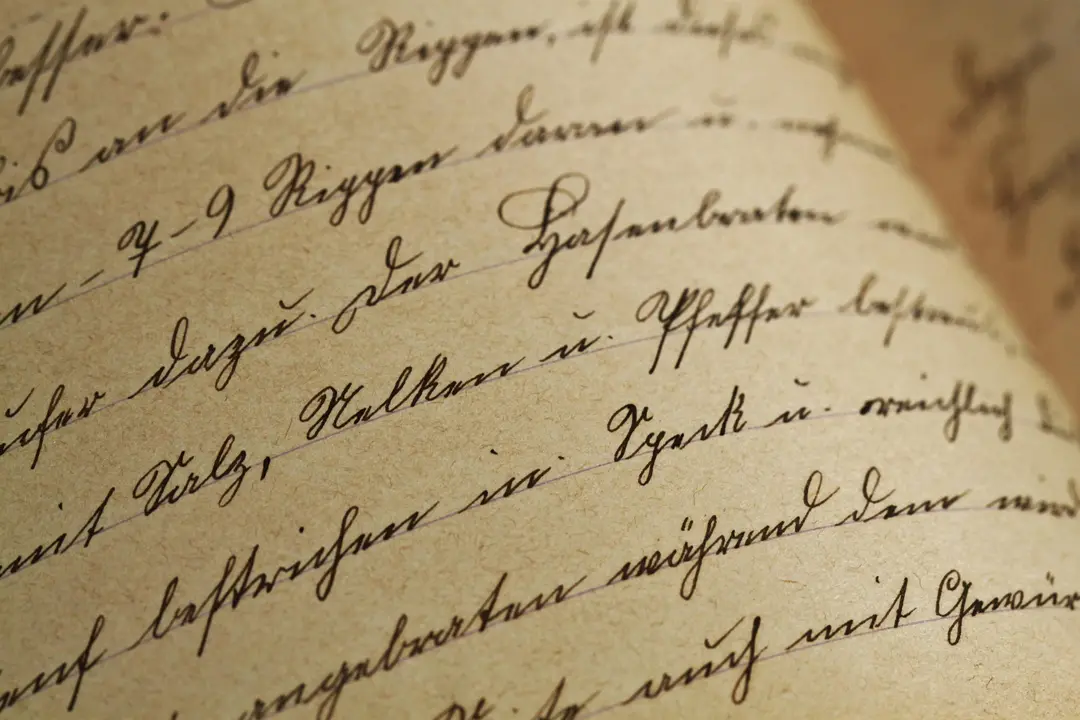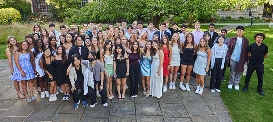Poetry and prose are both forms of written expression, but they differ in structure, style and purpose.
Fundamentally, prose is writing in its organic form, based upon spoken language. It’s a form of expression found in novels, newspapers and essays. Poetry, on the other hand, uses musicality and rhythm to convey a particular sound, feeling or meaning.
We’ve covered some accepted norms in both forms here, but it’s important to note that writing in both prose and poetic verse can be creative expressions, and there are no hard and fast rules. Famous texts such as The Waves by Virginia Woolf and Ulysses by James Joyce, for example, play with the boundaries between prose and poetry. We explore this in more detail towards the end of this article.
Poetry vs. Prose
Poetry and prose manifest their artistic expression differently. Whilst prose expresses ideas in a straightforward manner, and is organised into sentences and paragraphs, poetry is made up of lines grouped into stanzas.
The language used in prose is natural and grammatical, whereas poetic language is typically figurative and symbolic. You might find yourself reading a poem multiple times, and taking time to reflect on its underlying meaning, whilst clear prose should be understandable the first time around.
What Is Poetry?
Poetry is a form of literary expression that uses language to evoke emotions, create imagery and convey ideas in a highly structured and imaginative manner.
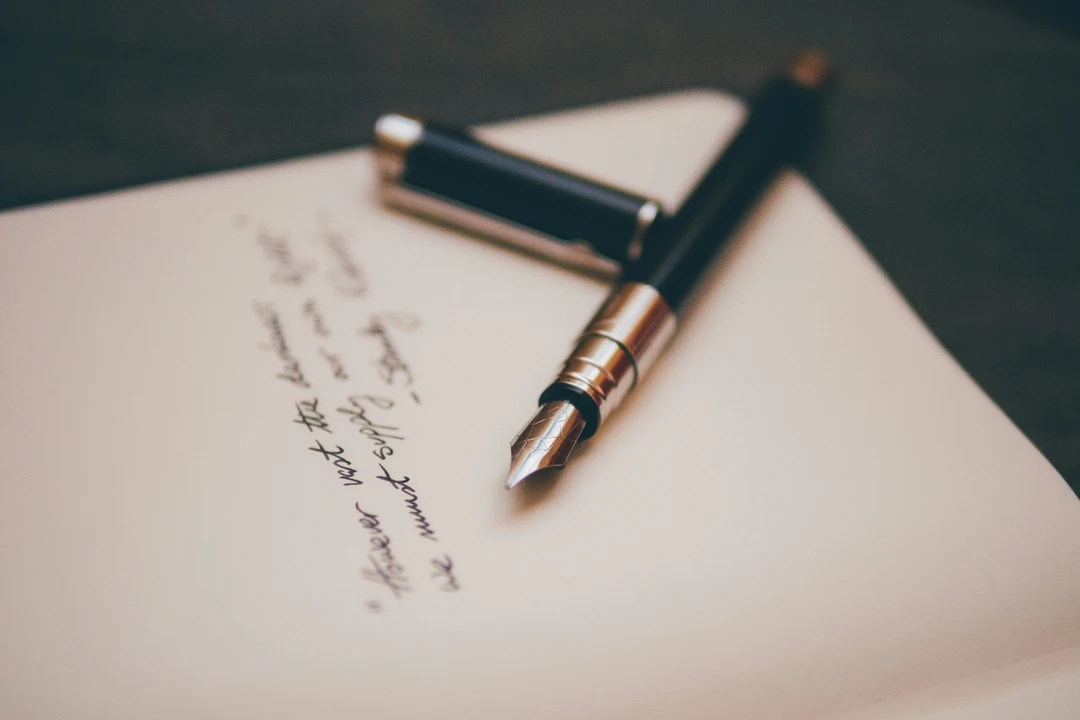
What are the key elements of poetry?
1. Figurative Language
Figurative language quite simply means language that is not literal. This type of language is descriptive, and poets often use it to link a concrete object with an abstract idea. This non-literal description is used to invoke the reader’s emotions.
A metaphor, for example, is a figurative technique; “the world is your oyster,” and “I could eat a horse,” are common metaphors.
A simile is another example of figurative language. This is where the poet compares one thing with another to strengthen a description: for example in the final line of Sylvia Plath’s Mirror:
“In me she has drowned a young girl, and in me an old woman / Rises toward her day after day, like a terrible fish.”
Personification, the attribution of human characteristics to something non-human (e.g. “the wind howled”), and symbolism, the use of symbols to represent ideas or qualities, are also figurative techniques.
These all serve to draw mental associations between the concrete and the abstract, and enhance the imagery of the poem.
2. Rhythm and Metre
Poetry also often employs rhythmic patterns and metre. Rhythm refers to the rhythmic structure of a line, composed of two or more syllables, while metre is used to describe the pattern of emphasis, or lack of emphasis, on each syllable. Poets choose different rhythms and metres to impact the musical quality of the poem.
For example, iambic pentameter is a type of metric line used in traditional English poetry and verse drama – most famously in the works of Shakespeare.
Rhythm is measured in small groups of syllables called “feet”. “Iambic” refers to the type of foot used: an “iamb” is an unstressed syllable followed by a stressed syllable (e.g. the word “a-bove”). This creates the pattern:
de/DUM de/DUM de/DUM de/DUM de/DUM
“Pentameter” indicates that each line has five “feet” (think pent- as in “pentagon”, a shape with five sides).
Consider Act 3, Scene 1 of Shakespeare’s A Midsummer’s Night Dream:
“And I do love thee. Therefore go with me.
I’ll give thee fairies to attend on thee,
And they shall fetch thee jewels from the deep
And sing while thou on pressed flowers dost sleep.”
3. Line Breaks and Stanzas
Structure in poetry concerns how the poem’s different elements are organised. This includes:
- Stanzas – a group of lines forming the basic recurring metrical unit in a poem; a.k.a a verse
- Line breaks
- Verse lengths
Each impacts the way the reader experiences and interprets the poem.
For example, the Petrarchan sonnet organises itself into an octave, followed by a sestet. The first eight lines (often in ABBA ABBA rhyming scheme) raise a question that the next six lines, the sestet, answers.
There’s typically a volta, or a turn, at the beginning of the sestet, indicating the change in the poem’s focus. Here, the way the poem’s stanzas are laid out can have a significant impact on the way the poem is read.
These poems often concern love, and the volta in particular allows for narrative development in the poem.
See Christina Rossetti’s After Death:
“The curtains were half drawn, the floor was swept
And strewn with rushes, rosemary and may
Lay thick upon the bed on which I lay,
Where through the lattice ivy-shadows crept.
He leaned above me, thinking that I slept
And could not hear him; but I heard him say,
‘Poor child, poor child’: and as he turned away
Came a deep silence, and I knew he wept.
He did not touch the shroud, or raise the fold
That hid my face, or take my hand in his,
Or ruffle the smooth pillows for my head:
He did not love me living; but once dead
He pitied me; and very sweet it is
To know he still is warm though I am cold.”
Line breaks also influence the way the poem is interpreted. In After Death, Rossetti employs enjambment (when a phrase flows seamlessly from one line to the next with no punctuation) to reflect the continuity of domestic life.
4. Rhyme and Sound Patterns
Rhyme schemes, assonance, consonance and alliteration all draw attention to individual words within a poem. These words are drawn together through the repeated use of sound.
For example, alliteration is the occurrence of the same letter or sound at the beginning of adjacent or closely connected words. In The Raven, Edgar Allan Poe uses plosive alliteration in the phrase “doubting, dreaming dreams”.
Sibilance, the creation of a hissing sound by the repetition of the letter “s”, is also used:
“Eagerly I wished the morrow;—vainly I had sought to borrow
From my books surcease of sorrow—sorrow for the lost Lenore”.
Assonance, the rhyming of two or more stressed vowels in nearby words, creates a sense of rhythm, dictating which syllables should be stressed when the poem is read aloud. It’s also employed in The Raven:
“Once upon a midnight dreary, while I pondered, weak and weary”.
A poem’s rhyme scheme, the pattern that outlines which sound each line should end with, lends poetry its tell-tale rhythmic structure. For example, the ABAB rhyme scheme rhymes the end of every other line.
See the opening stanza of Robert Frost’s Neither Out Far Nor in Deep:
“The people along the sand
All turn and look one way.
They turn their back on the land.
They look at the sea all day.”
Poets often put a rhyme scheme in place, only to break the pattern half-way through. This can work like a volta to indicate a shift in the narrative or to emphasise a particular thematic point.
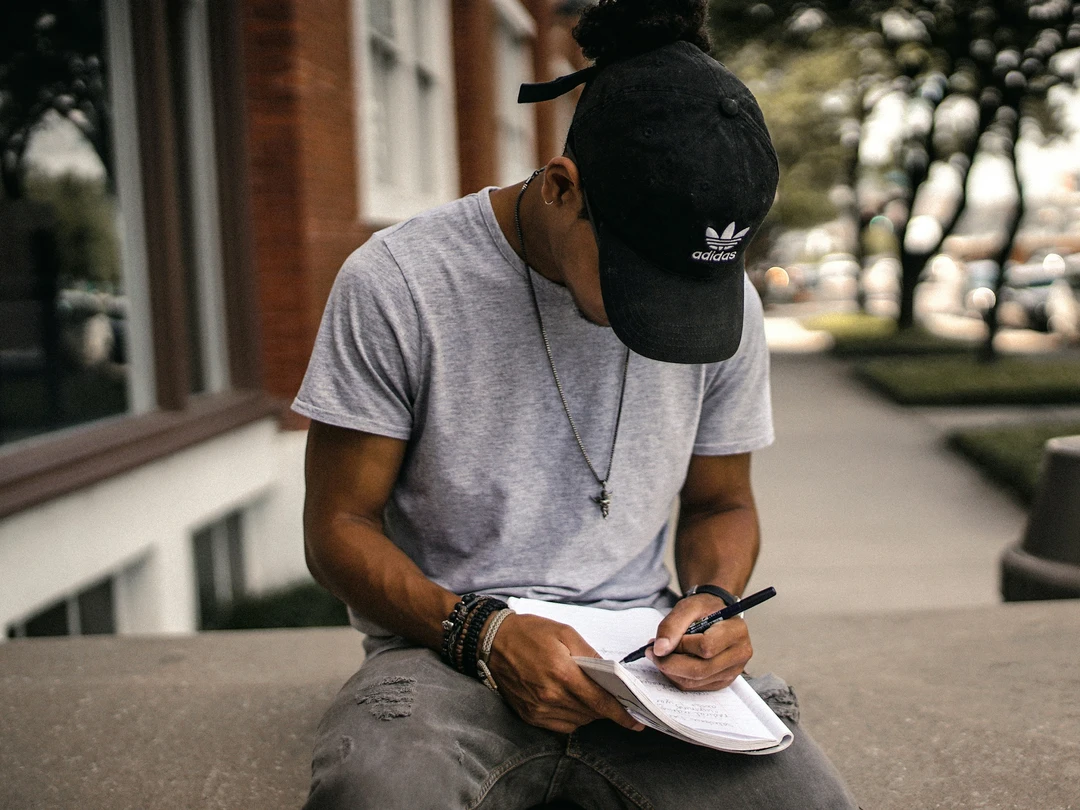
5. Imagery
Imagery is the poet’s use of vivid description and language to enrich the reader’s understanding and appreciation of the piece.
See the opening of T.S. Eliot’s Preludes:
“The winter evening settles down
With smell of steaks in passageways.
Six o’clock.
The burnt-out ends of smoky days.
And now a gusty shower wraps
The grimy scraps
Of withered leaves about your feet
And newspapers from vacant lots;”
The array of images conjured elevates the scene, as if we too are there in the street, with leaves at our feet and the smell of smoky steaks at our noses!
6. Emotional Resonance
Poets also use literary techniques to express strong or intense emotions, which can deeply resonate with readers.
In Daffodils, William Wordsworth uses simple language to evoke loneliness, wonder and felicity:
“I wandered lonely as a cloud
That floats on high o’er vales and hills,
When all at once I saw a crowd,
A host, of golden daffodils;
Beside the lake, beneath the trees,
Fluttering and dancing in the breeze.”
Similarly, Audre Lorde’s If They Come in the Morning expresses a sense of danger and doom, as well as solidarity:
““If they take you in the morning,
they will be coming for us that night.”
She uses the personal pronouns “you” and “we” to connect to the reader, strengthening our connection to the poem and its sentiments.
7. Ambiguity
Poetry can initially be difficult to interpret and understand due to its ambiguity. Oftentimes students find it hard to connect to a poem, and in turn lose enthusiasm for poetry as a literary form.
However, ambiguity is part of what makes poems so resonant, interesting and evocative! Readers can engage with the poem on multiple levels and connect to the words more personally – ambiguity allows room for interpretation.
As William Empson wrote in his book Seven Types of Ambiguity:
“The machinations of ambiguity are among the very roots of poetry.”
8. Lyrical Language
Lyric poems use a variety of techniques to produce a songlike quality.
A sonnet is a popular form of lyric poetry, using its rhythm, structure and descriptions to enhance its beauty and likeness to a song. For example, Shakespeare’s Sonnet 18 is notably lyrical, a quality that enhances the romantic and sentimental nature of the poem.
9. Distinct Forms
There are a variety of poetic forms, including sonnets, haikus, villanelles and odes.
Haikus are a Japanese form of poetry characterised by their unique syllabic structure. Each haiku is composed of three lines, with five syllables in the first line, seven in the second, and five in the third.
For example, here is one of the Japanese poet Bashō’s earliest haikus:
“On a withered branch
A crow has alighted;
Nightfall in autumn.”
A villanelle is a French verse form consisting of five three-line stanzas and a final quatrain, with the first and third lines of the first stanza repeating alternately in the following stanzas.
What Is Prose?
Prose is a form of written language without the metrical structure and formal patterns that characterise poetry.
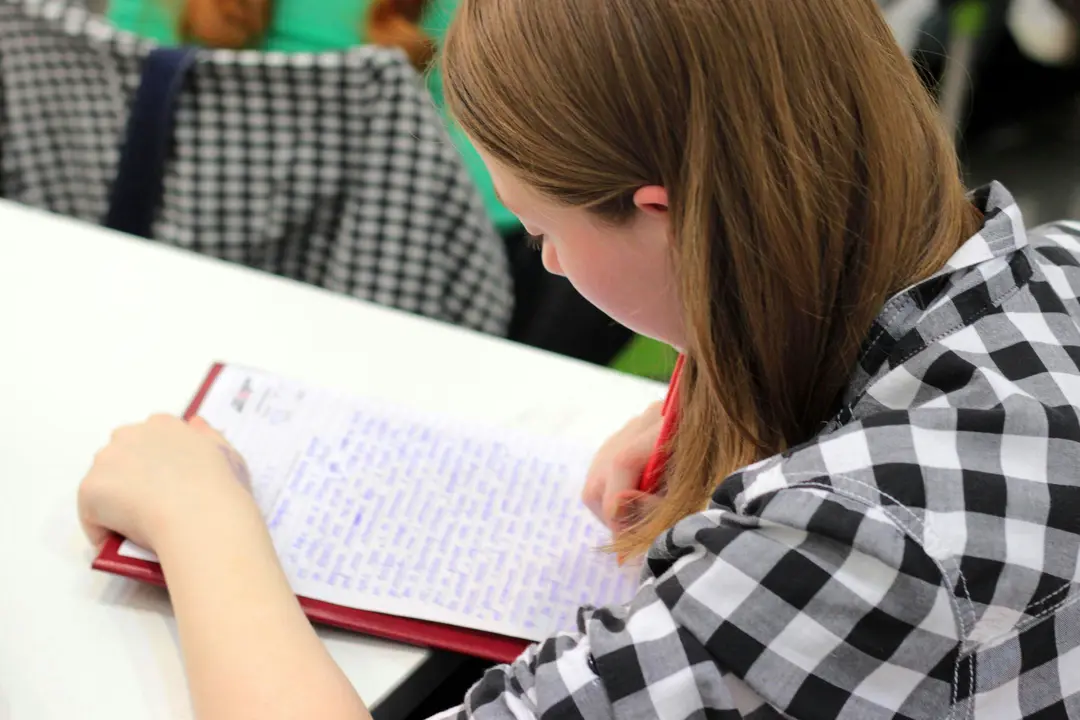
What are the key elements that characterise prose?
1. Narrative and Exposition
Prose is commonly used to convey information, tell stories and provide explanations, making it a versatile form of written expression. All novels are examples of the prose form.
Think of the Harry Potter series. Through prose, we’re told the story of a young boy who discovers he is a wizard, attends the Hogwarts School of Witchcraft and Wizardry, meets his friends, learns spells and battles Voldemort.
As a versatile form, prose doesn’t just tell stories. It can convey other types of information through news articles, recipes or school essays.
2. Full Sentences and Paragraphs
Prose adheres to grammatical and syntactical rules, consisting of complete sentences and paragraphs. This is in direct contrast with poetry’s experimentation with rhythm, line breaks and metre.
3. Lack of Rhyme and Metre
There’s generally a notable absence of specific rhythmic patterns and structured metre in prose. This allows for a more fluid and natural flow of language – just as I am writing now!
For example, the prose form allows dialogue in novels to feel natural and real. This extract from Ernest Hemingway’s Hills like White Elephants is a great example, as the dialogue effectively bounces back and forth between characters.
‘“Well,” the man said, “if you don’t want to you don’t have to. I wouldn’t have you do it if you didn’t want to. But I know it’s perfectly simple.”
“And you really want to?”
“I think it’s the best thing to do. But I don’t want you to do it if you really don’t want to.”
“And if I do it you’ll be happy and things will be like they were and you’ll love me?”
“I love you now. You know I love you.”
“I know. But if I do it, then it will be nice again if I say things are like white elephants, and you’ll like it?”
“I’ll love it. I love it now but I just can’t think about it. You know how I get when I worry.”
“If I do it you won’t ever worry?”
“I won’t worry about that because it’s perfectly simple.”’
4. Concise and Detailed
Prose can be both concise and straightforward to deliver a message (for example a how-to guide), or descriptive and detailed to depict scenes and characters in literature.
See the opening of Charlotte Brontë’s Jane Eyre:
“There was no possibility of taking a walk that day. We had been wandering, indeed, in the leafless shrubbery an hour in the morning; but since dinner (Mrs. Reed, when there was no company, dined early) the cold winter wind had brought with it clouds so sombre, and a rain so penetrating, that further out-door exercise was now out of the question.”
5. Logical and Coherent
Prose is generally organised logically with a coherent development of ideas. This means it’s very suitable for persuasive writing, argument and clarity.
See any of Barack Obama’s speeches – he’s a skilled and persuasive writer and speaker, able to use language to suit his purpose and audience.
6. Linear Narrative
Prose often follows a linear narrative structure, progressing chronologically from beginning to middle to end, while making use of narrative techniques.
For example, tragedies often adhere to Freytag’s Pyramid, which follows the structure:
- Introduction,
- Rise, or rising action
- Climax
- Return, or fall
- Catastrophe
This formula is based upon the classical Greek tragedies of Sophocles, Aeschylus and Euripedes.
7. Versatility
Prose adapts to a wide range of genres and styles from creative fiction to academic research papers to a newspaper column. It’s the primary, and most versatile, form of written communication.
Blurring Boundaries Between Poetry and Prose
Although there are many differences between poetry and prose, these distinctions can sometimes blur.
There are hybrid forms of writing which incorporate elements of both styles. For example, the French poet Charles Baudelaire revolutionised poetry in his prose poems, combining elements of both styles. Rather than incorporating line breaks, rhyme schemes, control of metre or assonance, Baudelaire employed conventions of prose writing such as paragraphs and dialogue.

This created a condensed version of prose that took advantage of poetic devices like symbolism and imagery. Take a look at Baudelaire’s Be Drunk:
“And if sometimes, on the steps of a palace or the green grass of a ditch, in the mournful solitude of your room, you wake again, drunkenness already diminishing or gone, ask the wind, the wave, the star, the bird, the clock, everything that is flying, everything that is groaning, everything that is rolling, everything that is singing, everything that is speaking. . . ask what time it is and wind, wave, star, bird, clock will answer you: “It is time to be drunk! So as not to be the martyred slaves of time, be drunk, be continually drunk! On wine, on poetry or on virtue as you wish.”
Other writers who blur this boundary include Claudia Rankine, whose novel Citizen showcases her prose-poetry hybrid. Her work has been called “lyric essays” by the New York Review of Books.
Ocean Vuong’s acclaimed works, strikingly Time Is A Mother, also experiment with poetry and prose to explore grief, loss and memory.
There are many, many more canonical writers that blur this boundary, like Oscar Wilde, Virginia Woolf and Sylvia Plath – all well worth exploring in depth!
Language is clearly not concrete, nor unchanging. Poets and novelists alike are always experimenting with form, technique and style.
Be inspired to engage and experiment with a range of literary works, from confessional poetry to postmodernist literature to Baudelaire’s subversive prose poetry! Our summer programmes are hosted in Oxford, home to countless great writers over the centuries, and allow you to explore both poetry and prose in a supportive environment.

By Keziah Mccann
Keziah is a second-year French and Italian student at Balliol College, University of Oxford. As well as learning languages and travelling, her interests include writing, journalism, film and cooking.

